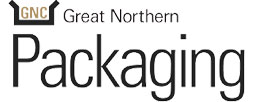How to Choose the Right Custom Insulated Boxes for Your Shipping Needs
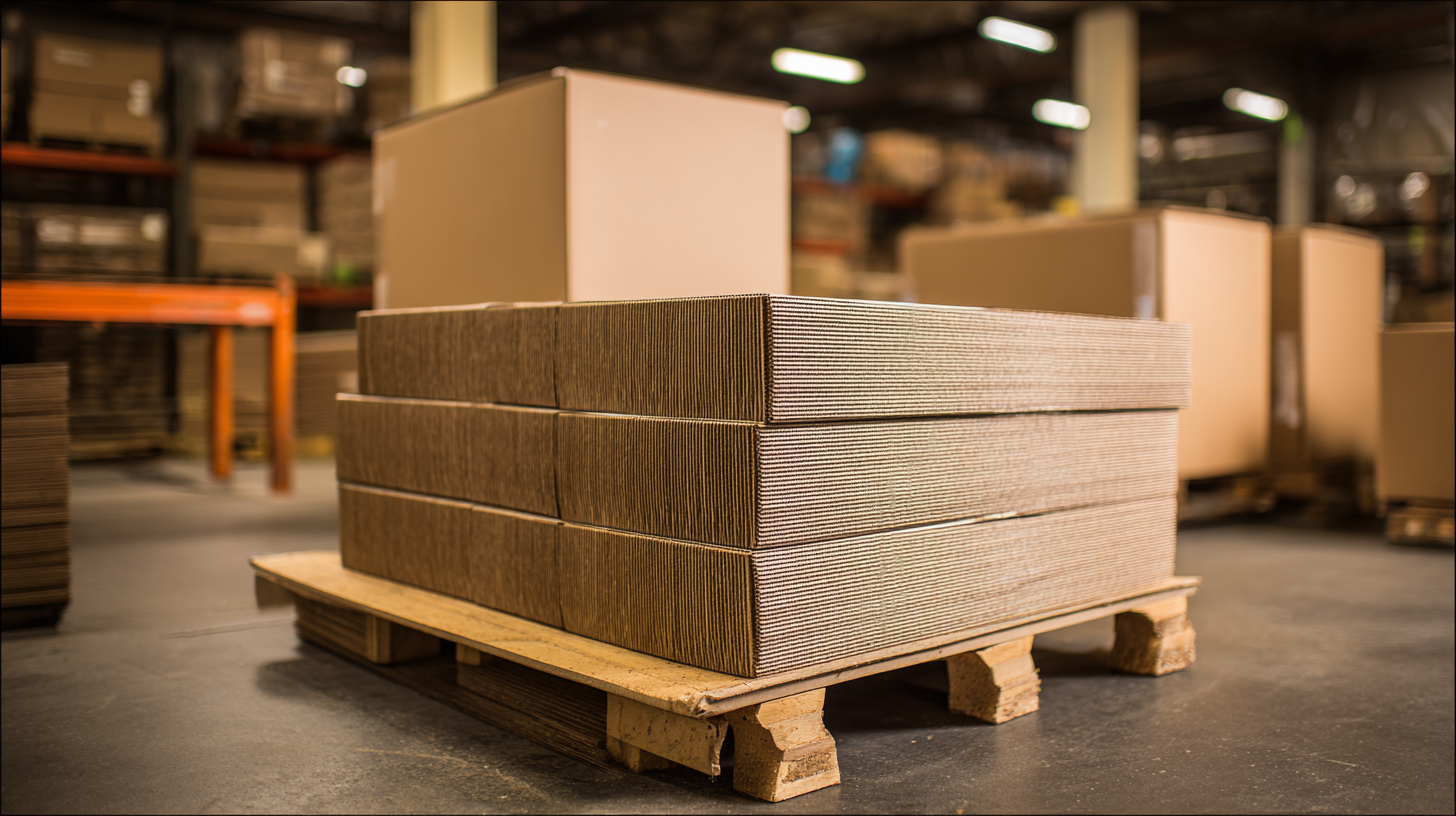 When it comes to shipping temperature-sensitive products, selecting the right packaging is crucial for maintaining the integrity and freshness of your items. Custom Insulated Boxes offer a tailored solution to safeguard goods during transit, ensuring they arrive in optimal condition.
When it comes to shipping temperature-sensitive products, selecting the right packaging is crucial for maintaining the integrity and freshness of your items. Custom Insulated Boxes offer a tailored solution to safeguard goods during transit, ensuring they arrive in optimal condition.
With various options available, from materials to sizes, choosing the appropriate insulated box can be overwhelming. This guide aims to simplify the decision-making process by highlighting key factors to consider, such as insulation performance, durability, and cost-effectiveness.
By understanding your specific shipping needs and the advantages of Custom Insulated Boxes, you can make an informed choice that enhances your customer satisfaction and supports your business's reputation.
Whether you’re shipping food, pharmaceuticals, or other temperature-sensitive products, selecting the right insulated box is essential for success in today’s competitive market.
Factors to Consider When Selecting Custom Insulated Boxes
When selecting custom insulated boxes for your shipping needs, several key factors must be considered to ensure that your products remain at the desired temperature during transit.
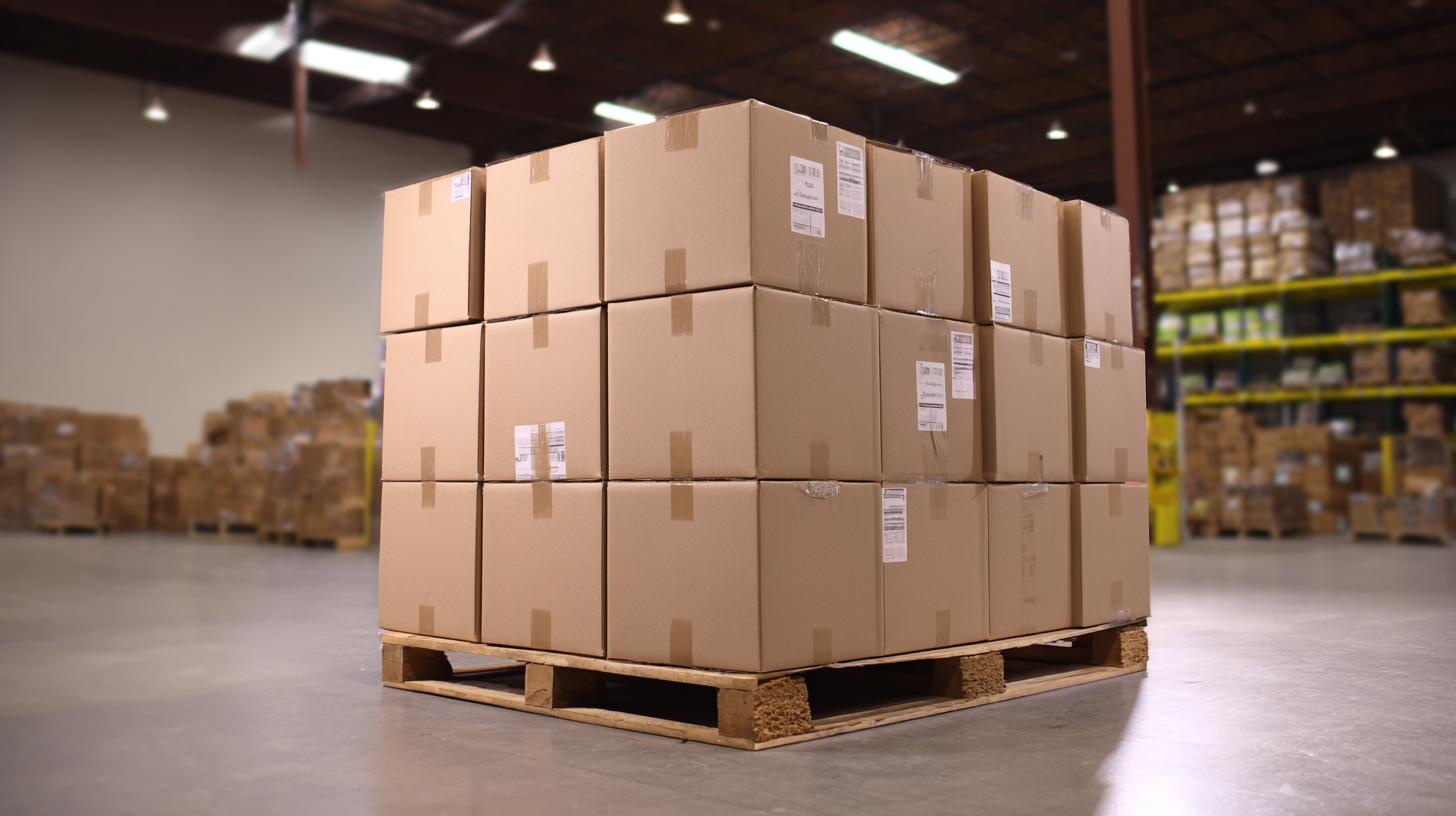 First, the insulation material plays a crucial role in maintaining temperature consistency. Common options include Styrofoam, polyurethane, and polycarbonate. Each material has different thermal properties that affect the box's overall insulation effectiveness. Evaluate the thermal performance ratings of these materials based on the specific temperature requirements of your items.
First, the insulation material plays a crucial role in maintaining temperature consistency. Common options include Styrofoam, polyurethane, and polycarbonate. Each material has different thermal properties that affect the box's overall insulation effectiveness. Evaluate the thermal performance ratings of these materials based on the specific temperature requirements of your items.
Another important consideration is the size and shape of the boxes. Custom sizing helps minimize air pockets, which can lead to temperature fluctuations. Additionally, the design should accommodate the types of products being shipped, whether they are fragile, perishable, or require special handling. Your choice of packaging should also support the weight of the contents without compromising integrity.
Lastly, don’t overlook the environmental impact. Opting for recyclable or biodegradable materials can enhance your brand's image while contributing to sustainability. By weighing these factors, you can effectively choose the right custom insulated boxes tailored to your shipping needs.
Different Materials for Custom Insulated Shipping Solutions
When selecting custom insulated boxes for shipping, the choice of materials is critical to ensuring temperature-sensitive products are properly protected. The global insulated packaging market is projected to experience significant growth, increasing from $16.90 billion in 2025 to an estimated $25.95 billion by 2034. This surge highlights the increasing demand for effective temperature control solutions in various industries, including pharmaceuticals, food, and electronics.
Different materials used for custom insulated shipping solutions can impact both performance and cost. Common options include expanded polystyrene (EPS), polyurethane foam, and reflective bubble wraps. EPS is renowned for its lightweight nature and excellent insulation properties, making it suitable for transporting perishable goods. Polyurethane foam, on the other hand, offers superior thermal resistance and is ideal for high-value electronics that require stable temperatures during transport. As you explore your options, consider these materials' thermal management capabilities and their environmental impact, given the ongoing advancements in sustainable packaging solutions within the industry.
Comparison of Insulated Box Materials for Shipping
Evaluating Thermal Performance for Your Shipping Requirements
When selecting custom insulated boxes for your shipping needs, evaluating thermal performance is crucial to ensure that temperature-sensitive items are preserved throughout transit. Thermal performance indicators include insulation material, box design, and the external conditions that the box will face during shipping. The right combination will help maintain your products’ integrity, especially in extreme temperatures, similar to the conditions faced in the electric vehicle battery market where efficient thermal management is essential to prevent thermal runaway.
Tips for optimal thermal performance include:
1. **Material Selection**: Choose materials with high R-values for better insulation. Options like polyurethane foam or multi-layered structures can offer enhanced thermal retention.
2. **Box Design**: Ensure that the design minimizes air gaps and optimizes space. Custom shapes that fit your products snugly help reduce the amount of thermal loss.
3. **Testing**: Conduct real-world testing under various environmental conditions to gauge the thermal performance. This approach will help you identify potential weaknesses in your packaging solutions before they reach the consumer.
In this ever-evolving market, where advancements in technology are pushing the boundaries of performance, aligning your insulated box choices with these factors can significantly impact the success of your shipping process.
How to Choose the Right Custom Insulated Boxes for Your Shipping Needs - Evaluating Thermal Performance for Your Shipping Requirements
| Insulation Material | Thermal R-Value | Ideal Temperature Range (°F) | Duration of Insulation (hours) | Sustainability Rating |
|---|---|---|---|---|
| Polyurethane Foam | 6 - 8 | -20 to 120 | 24 - 48 | Moderate |
| Expanded Polystyrene (EPS) | 4 - 5 | 0 to 100 | 6 - 12 | Good |
| Thermal Bubble Wrap | 2 - 3 | -10 to 85 | 4 - 8 | Excellent |
| Reflective Insulation | 5 - 7 | -20 to 100 | 12 - 24 | High |
| Cellulose Insulation | 3 - 4 | -5 to 80 | 8 - 16 | Very High |
Cost-Effectiveness: Balancing Quality and Budget for Insulated Boxes
When selecting custom insulated boxes for your shipping needs, it’s crucial to strike a balance between quality and budget. High-quality insulated boxes protect your products from temperature fluctuations, ensuring they arrive in perfect condition. However, cutting costs excessively can lead to complications such as product spoilage or customer dissatisfaction. To achieve cost-effectiveness, assess the specific temperature requirements and the duration of transport to determine the insulation level needed.
Tips for saving costs include choosing the right materials, as some options might offer good insulation properties without the high price tag. Additionally, consider purchasing in bulk; many manufacturers provide discounts for larger orders, which can significantly reduce the overall cost per box. Finally, exploring local suppliers can help lower shipping costs while providing you with the opportunity to inspect the quality of the boxes in person.
Investing in the right insulated boxes is essential for maintaining product integrity while also keeping your budget in check. Analyze your shipping habits and product needs to make informed decisions that satisfy both quality and financial constraints.
Understanding Regulations and Compliance for Shipping Insulated Products
When selecting custom insulated boxes for shipping, it's crucial to understand the regulations and compliance associated with transporting insulated products, particularly those that may fall under the category of hazardous materials. Dangerous goods compliance is essential, especially in the context of aviation safety, where the improper handling of such goods can result in serious legal consequences. According to recent industry insights, the growth of various markets, such as the North America Marine Insulation Market, projected to rise at a CAGR of 4.32% from 2024 to 2033, emphasizes the significance of adhering to safety standards during shipping operations.
Assessing whether a product qualifies as hazardous material starts with the Safety Data Sheet (SDS), which provides vital information on handling and transportation requirements. For specific items, like lithium-ion batteries, compliance with legal regulations is paramount due to their hazardous nature. As businesses strive to meet heightened compliance demands, such as those outlined in the Safety of Life at Sea (SOLAS) convention, integrating temperature-controlled packaging solutions becomes increasingly important. Reports indicate that the pharmaceutical temperature-controlled packaging market is expected to grow substantially, driven by the need for effective cold chain compliance for biologics and vaccines, further highlighting the importance of choosing the right insulated shipping solutions tailored to specific regulatory requirements.
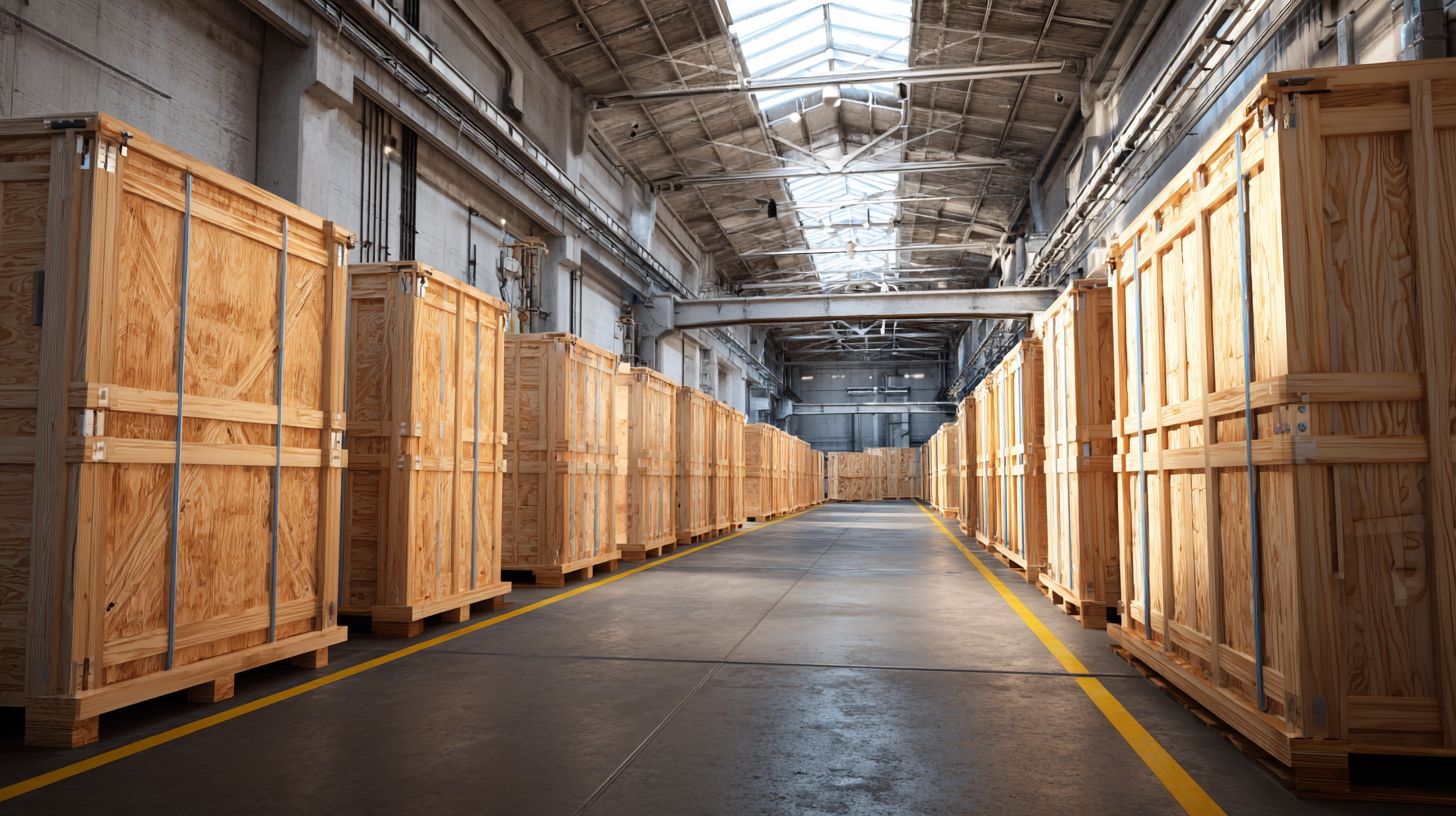
Related Posts
-
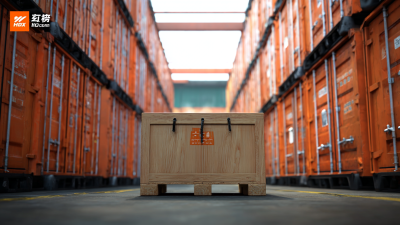
Discover the Power of Chinese Manufacturing with Best Custom Insulated Boxes for Global Buyers
-
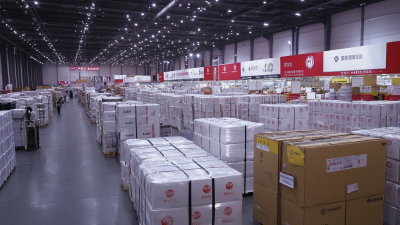
Maximize Your Business Potential with Styrofoam Shipping Coolers at the Record Breaking Canton Fair 2025
-
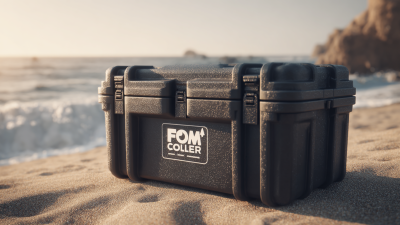
Innovative Ways to Use the Best Foam Shipping Cooler for Your Next Adventure
-
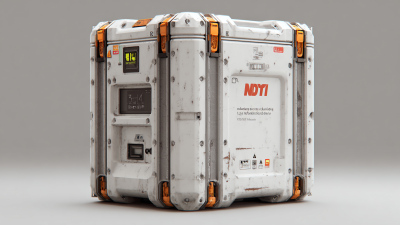
Innovative Shipping Cooler Box Designs Transforming Global Logistics Efficiency
-

Unleashing the Power of Chinas Manufacturing with Best Thermal Shipping Boxes for Global Buyers
-
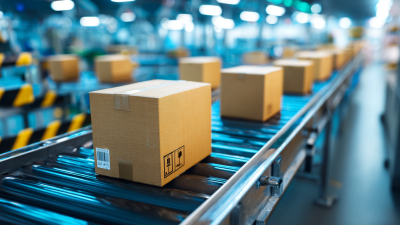
China's Premier Manufacturing and Global Footprint in Ecommerce Packaging Solutions
